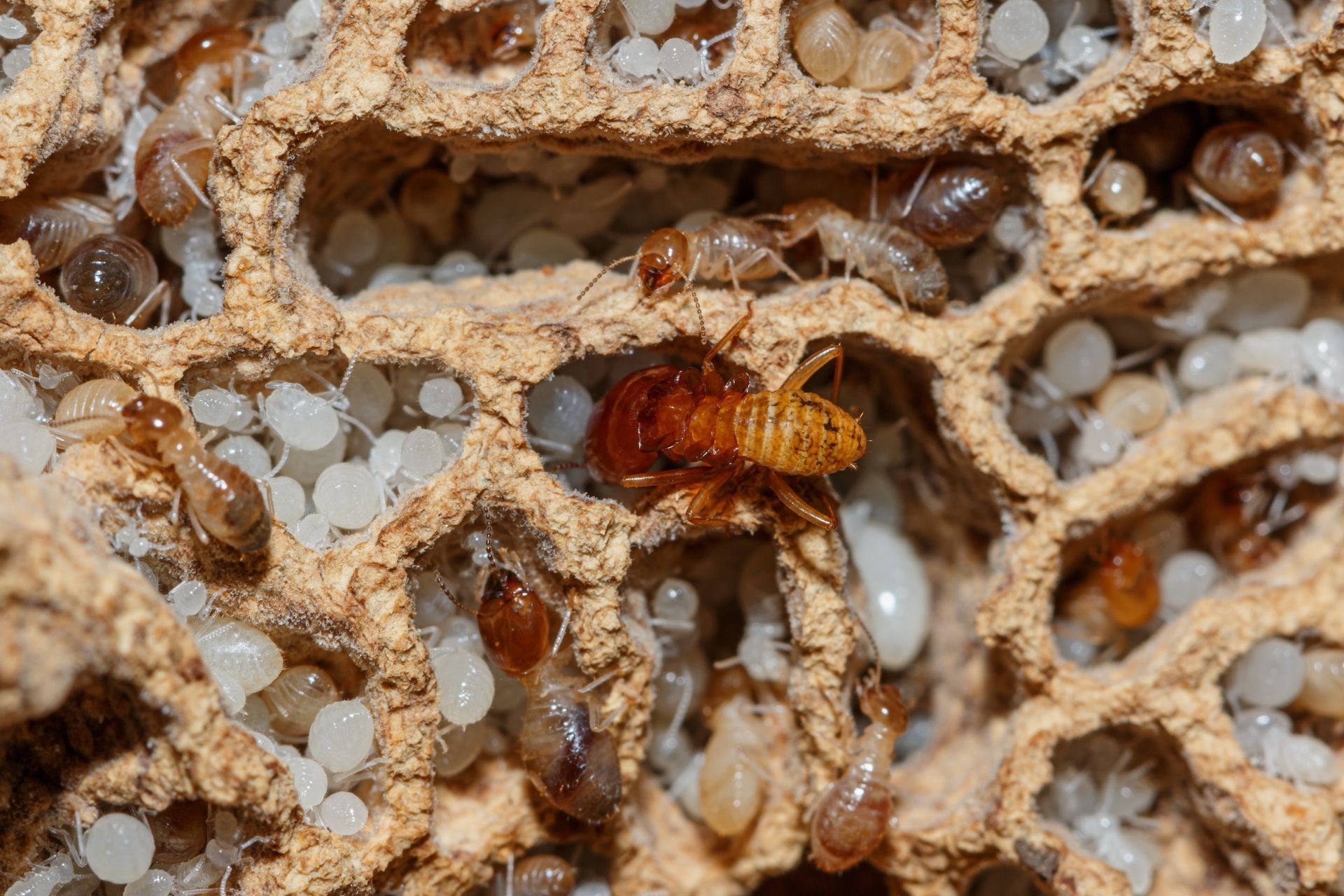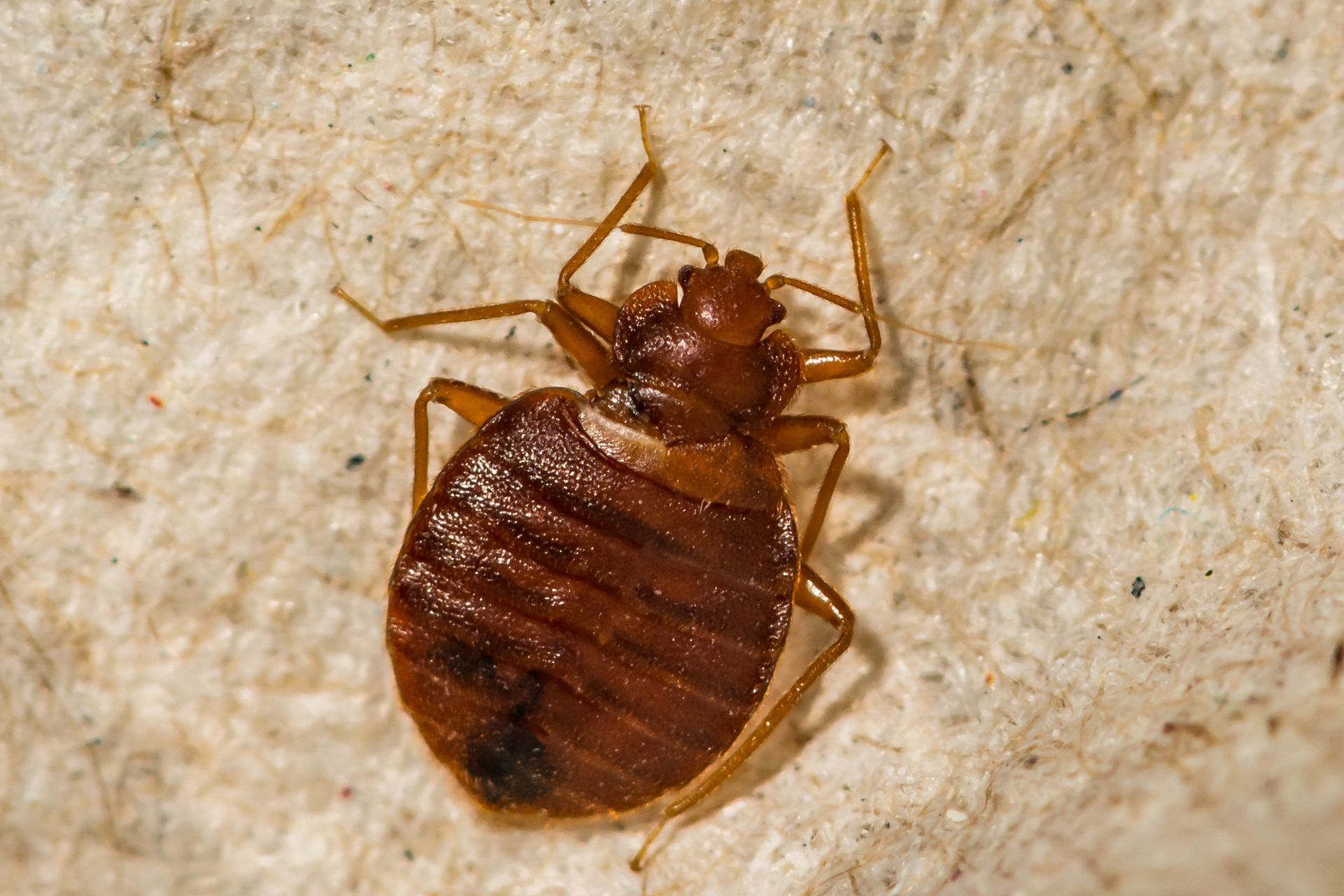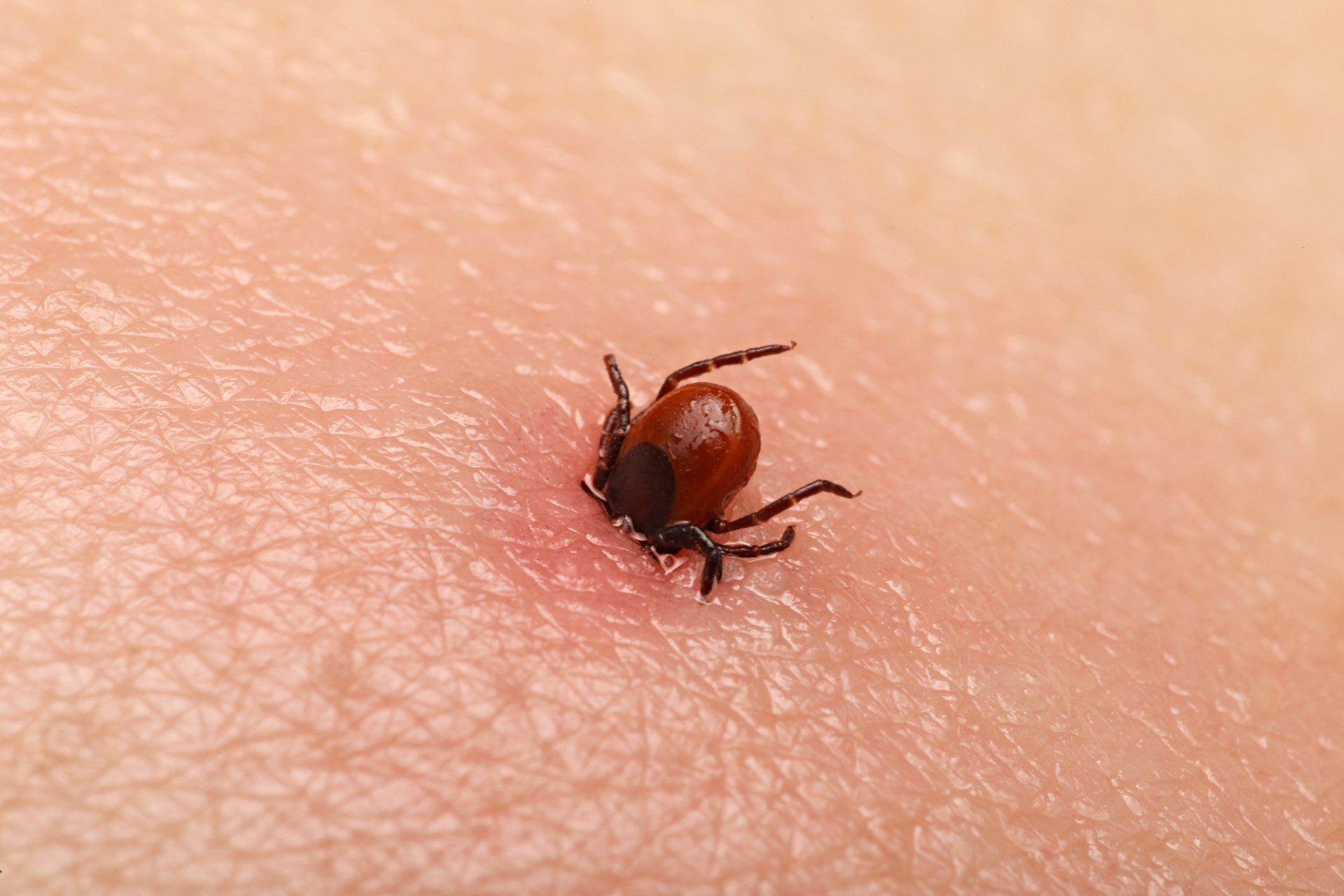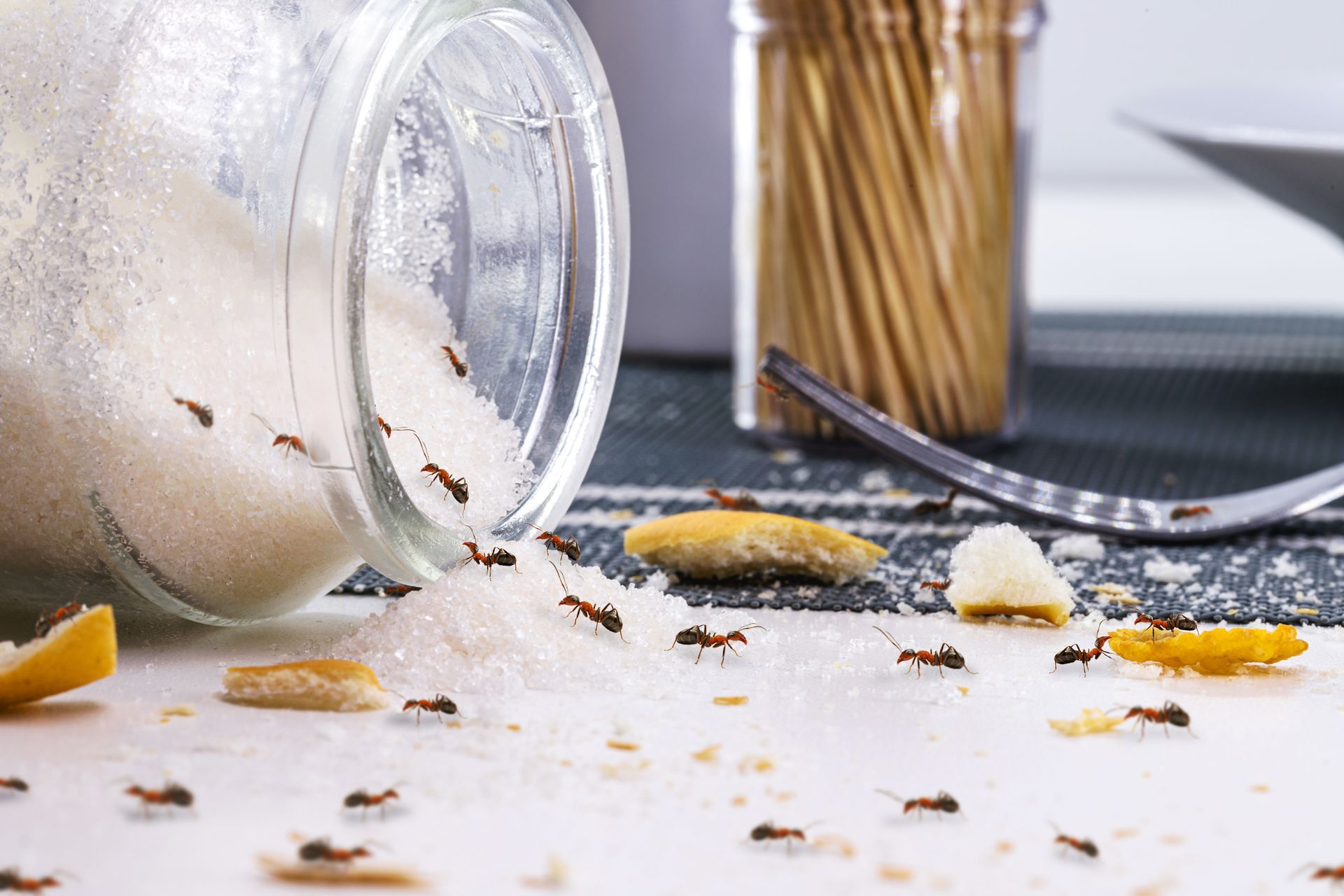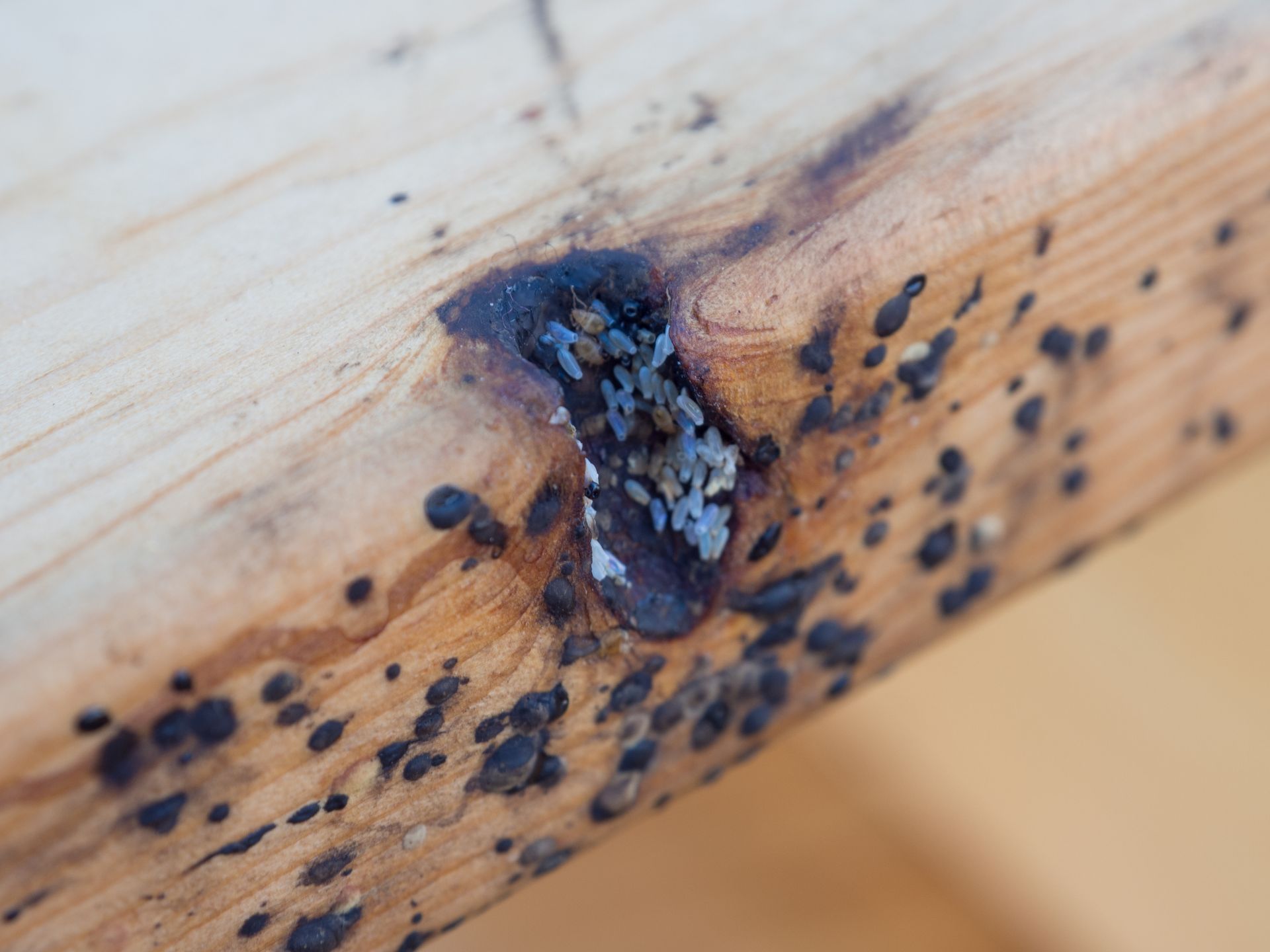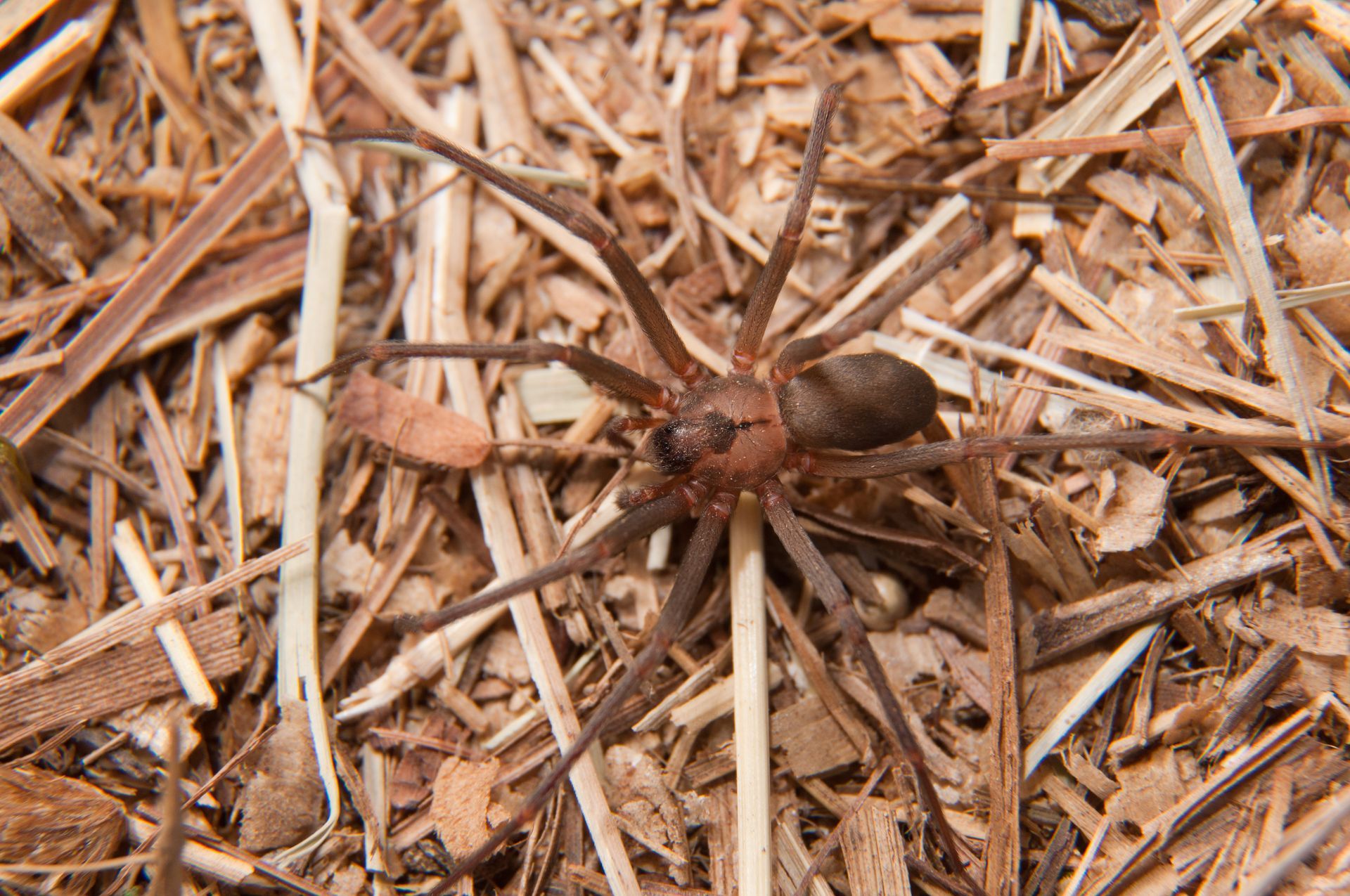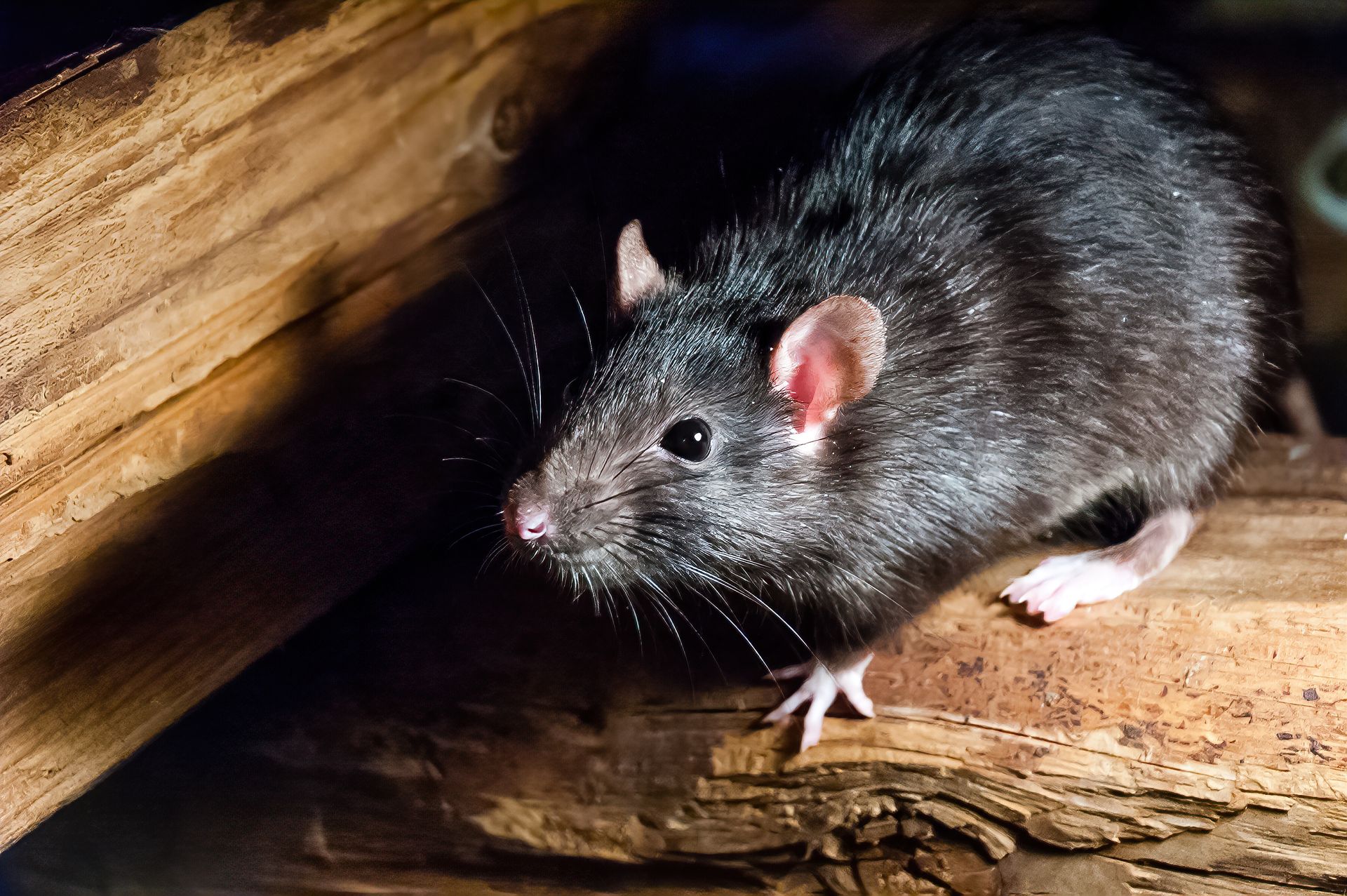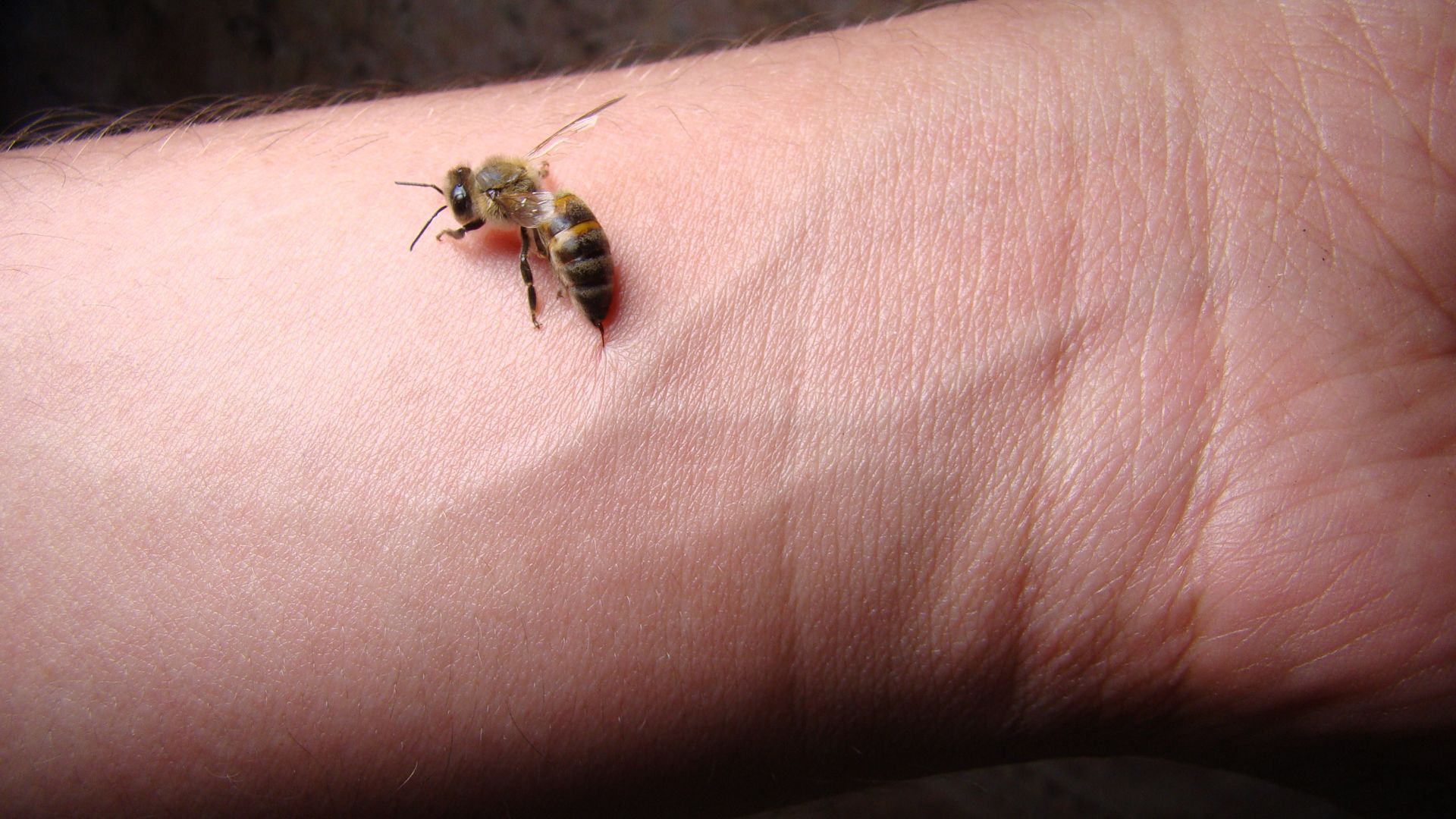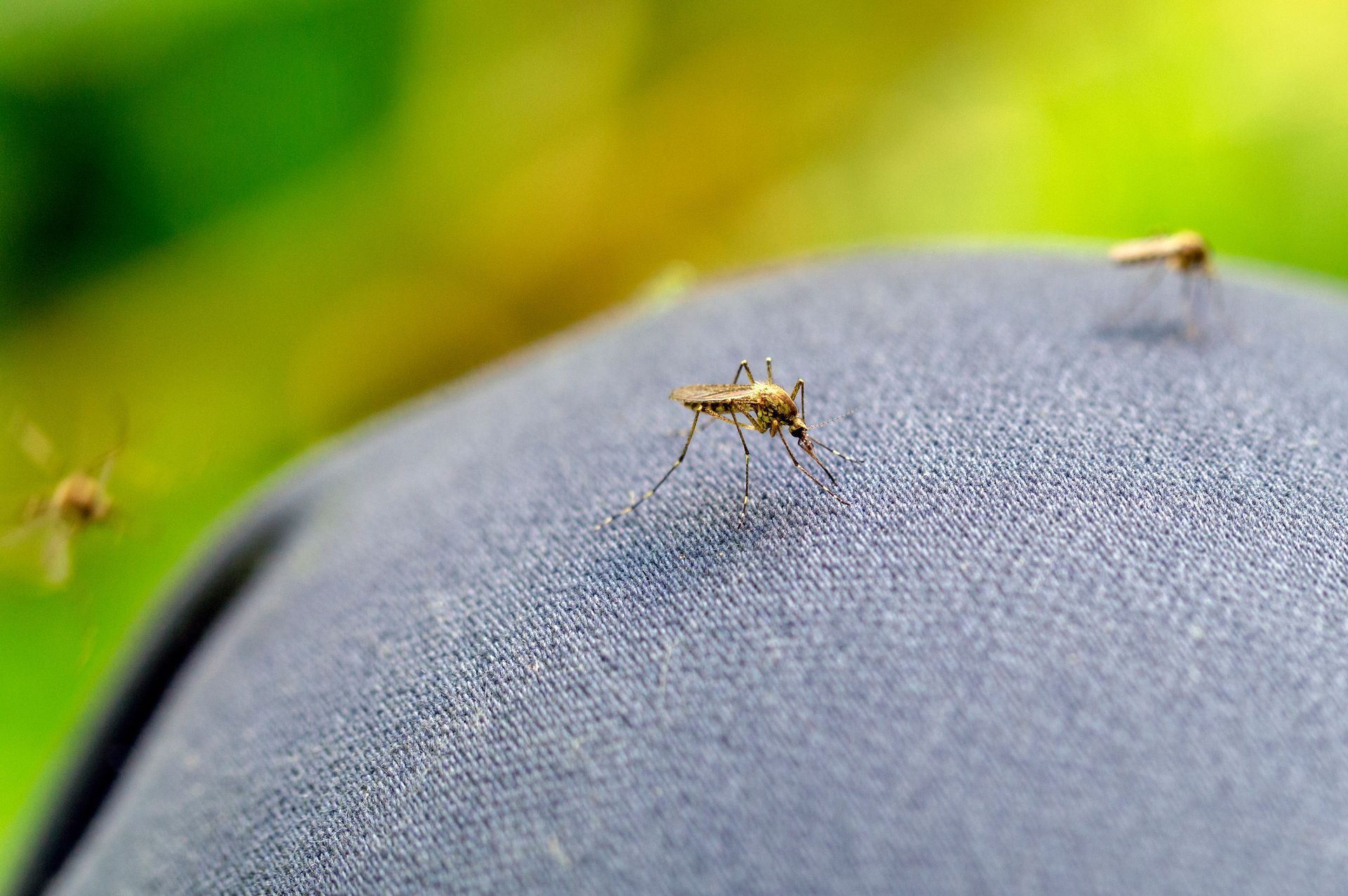How Much Does It Cost to Fumigate a House?
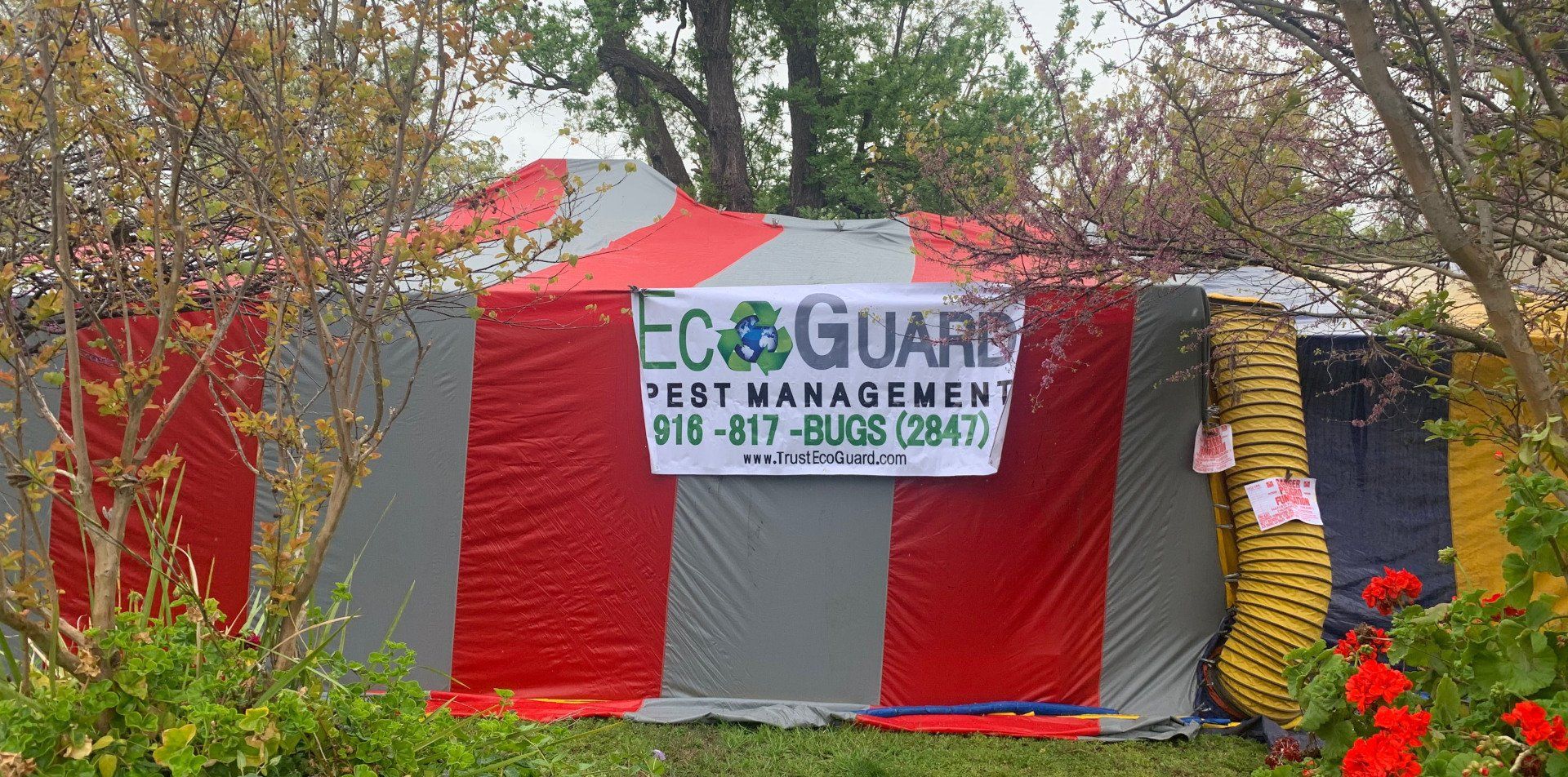
What Is Fumigation?
Fumigation is a pest control method that uses a gaseous pesticide to eliminate or control pests in a specific area. It is a highly effective technique for infestations of specific insects or termites in homes, offices, factories, and/or warehouses. This treatment is usually recommended when the infestation is severe/persistent and fails to be managed using traditional treatment methods.
Below is the process in which a home is fumigated:
- A property/building is tented and sealed inside a thick plastic cover, which is designed to trap the fumigants inside a home so they can permeate the walls and not escape into the environment.
- Fumigants are released into a home where they are sealed inside for several days while they kill off the targeted pest.
- The tent is removed, and the property/building is allowed to ventilate.
- The air quality inside the property/building is tested for safety before people are allowed to return.
- The fumigation is followed up by a post fumigation inspection to see if there are still signs of pest activity.
How Do You Know You Need Fumigation?
Before tenting happens, a licensed pest control expert will need to inspect the property for signs of pest activity. If the property/building is determined to be infested by wood destroying organisms, an inspector will need to know what type of pest they are dealing with and how severe the infestation is.
Signs that may indicate if fumigation is the right pest management strategy:
- Seeing termites or possible evidence of termites. In some cases, you may experience seeing pile(s) of wood shavings in or around the home. Other cases may be unexplained holes in your home. These holes may be caused by insects chewing through your walls, floors, and/or ceilings.
- Damages, splintering, or hollow wood that crumbles under pressure.
- Thin tubes made of mud that climb a foundation to connect the ground to the wooden structures of a building are possible signs of subterranean termites.
- Severe amounts of droppings/fecal matter of insects throughout your entire home. This can typically be seen along cupboards, baseboards, mattresses and walls and contain lots of dark spots.
How Does Fumigation Work?
The fumigation process kills adult pests like termites, their eggs and larvae. To prevent pests in the future, it is important to destroy the entire infestation from the root. Tenting is typically a common treatment option used for wood damaging insects such as termites, carpenter ants and drywood termites. Fumigation is so effective against these types of pests because the strong pesticides permeate everything from inside wall cavities to inside damaged wood cavities created by termites.
How to Prepare for Fumigation?
Fumigation takes preparation work before it can be started. It is expected for residents to be out of the home during the fumigation process. Depending on the findings you can expect to be out of the property between 3-5 days.
Steps that need to be taken by a building’s inhabitants:
- Alternative lodging needs to be found for the duration of the fumigation process.
- All windows and doors must be opened, and blinds must be raised so fumigants can easily seep into a building.
- All food items and medications should be stored in the refrigerator or in airtight containers to prevent them from being covered in fumigant residues.
- Any contaminated food items should be discarded so as not to reintroduce pests after fumigation is completed.
- All living things including plants and animals will need to be relocated so they are not inside while fumigation happens.
- Trees, bushes, and shrubs that are within 3 feet of the building need to be pruned back to allow space for a pest control team to properly tent the property/building.
- The property/building’s gas supply needs to be scheduled to be turned off.
- All vehicles that are stored inside garages will need to be relocated while fumigation occurs.
- Keys will need to be given to the fumigation team to provide them with access to the property/building.
What Happens After Fumigation?
After a building’s fumigation process is completed, the fumigation team will wrap up with a post fumigation inspection. This final inspection will look for signs that the treatment was successful as well as ensure that the building is safe for the occupants to return to. Inspectors will likely test areas that were severely infested to see if the pests are all dead or if there are any further signs of termites. The fumigation team will also measure the air quality inside a building to ensure that fumigants have completely aired out.
How Much Does Fumigation Cost?
The treatment cost to fumigate a property/building can be intimidating when the quote is handed over, however, it is important to remember that fumigation will likely save someone from additional damage repair costs if done in a timely manner. Due to the amount of labor, preparation, equipment, and time the entire property/building fumigation requires, you can expect the service to run between $1 - $4 per square foot of your property/building. This can result in costs that average between $2000 - $8000 for an average sized home. Although, these are the typical averages, there are plenty of different factors that come into play which is why an inspection is always necessary to determine an accurate quote.
How to Prevent Fumigation?
To minimize the likelihood of a pest infestation that warrants fumigation, which oftentimes is termites, home and commercial building owners should enlist the help of a pest management company to regularly inspect and treat their property/building.
The following strategies can help reduce the likelihood of termites:
- Move any unnecessary wood that are found outside of your home or business such as firewood, lumber, pallets, etc. away from the side of the building.
- Treat exterior wooden structures like patios, decks, and fences with sealants to deter unwanted pests.
- Remove rotting or dead trees, branches, stumps, and debris from around your property/building.
- Change ground cover from wooden chips, mulch, and sawdust to gravel or other small rock cover.
Fumigation FAQs
-
Is fumigation 100% effective?
If done correctly by a team of experienced fumigation experts, fumigation should leave you satisfied with the results. While it is difficult to guarantee something is 100% effective, EcoGuard Pest Management does offer a satisfaction guarantee. If the targeted pests are still there after treatment, then our work is not done!
-
How often should you fumigate your home?
Fumigation pesticides are made to leave no residue behind. That said, fumigations are recommended every 5 – 10 years. If regular termite inspections and pest management are maintained, it is likely that recurring fumigation is not needed.
-
Do I have to wash everything after fumigation?
Fumigation does not leave any residue behind. This ensures that there is no accidental exposure to fumigant residue.
-
Is fumigation safe?
Fumigation requires strict adherence to safety protocols. When it is done by a licensed and experienced pest control expert who follows all guidelines the fumigation process is considered safe. The entire process requires careful planning, setup, and execution while using fumigants.
Request A Free Estimate
We will get back to you as soon as possible
Please try again later
Immediate Service Available
Services
Customer Care
Legal
Working hours
- Mon - Sun
- -
All Rights Reserved | EcoGuard Pest Management | All Phone Calls Recorded | By Using Website You Agree To Terms Of Use



